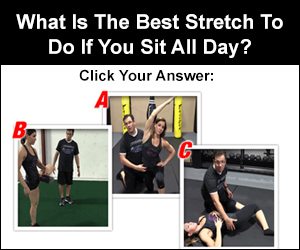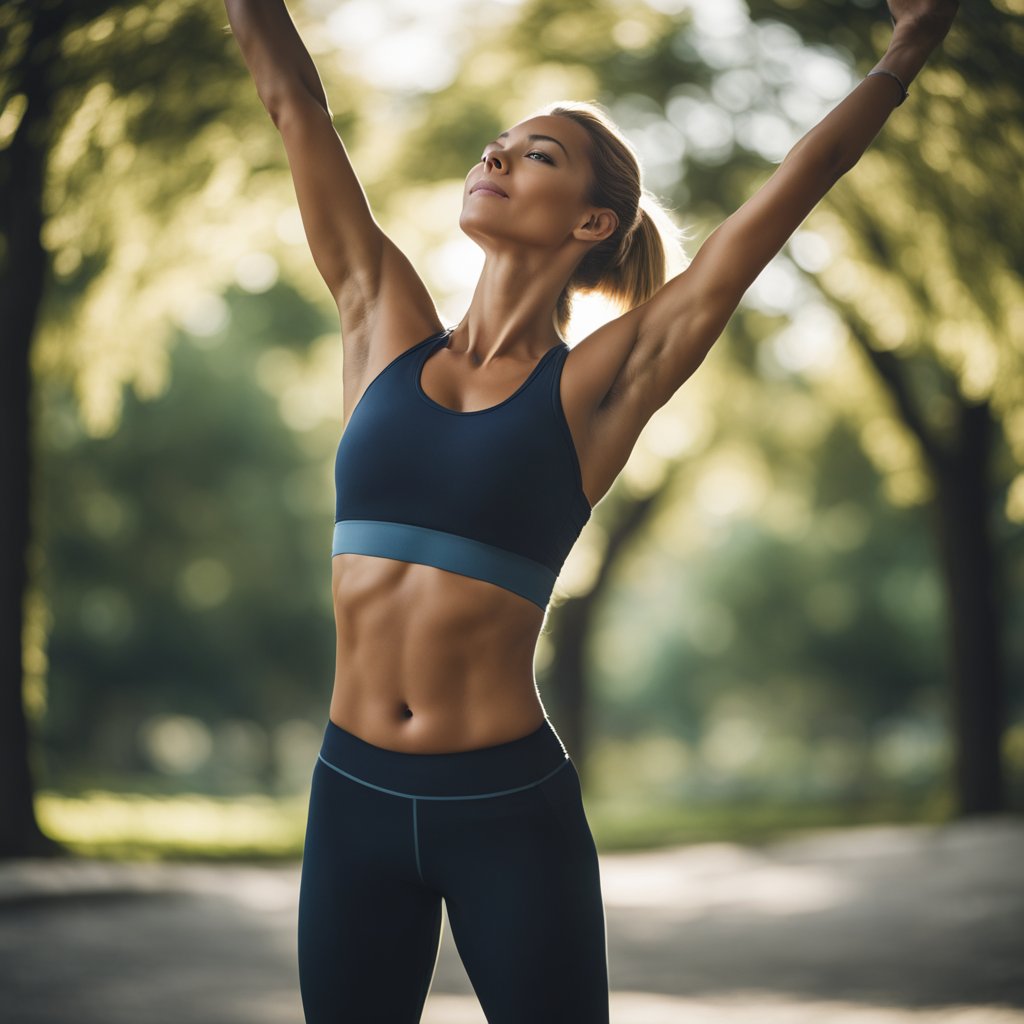Rowing machine workouts offer a full-body exercise that combines cardiovascular fitness with strength training. These versatile machines simulate the motion of rowing a boat, engaging multiple muscle groups simultaneously. Rowing provides an efficient, low-impact workout suitable for people of all fitness levels.

Mastering proper rowing technique is crucial for maximizing the benefits and preventing injury. The rowing stroke consists of four phases: catch, drive, finish, and recovery. Each phase requires coordination between the legs, core, and arms to generate power and maintain smooth motion.
Regular rowing sessions can improve cardiovascular endurance, build muscle strength, and enhance overall fitness. As with any exercise program, it’s important to start gradually and increase intensity over time. Varying workout duration, intensity, and intervals can help keep routines challenging and effective.
Key Takeaways
- Rowing machines offer a full-body, low-impact workout for all fitness levels
- Proper technique is essential for maximizing benefits and preventing injury
- Regular rowing can improve cardiovascular health and muscle strength
Understanding the Basics of Rowing Machines
Rowing machines provide a full-body workout that simulates the motion of rowing a boat. These versatile fitness devices offer cardiovascular and strength training benefits for users of all fitness levels.
Types of Rowing Machines
Air rowers use a flywheel with fan blades to create resistance. The faster you row, the more resistance you feel. These machines provide a smooth rowing experience and are popular in gyms.
Magnetic rowers use magnets to create resistance. They offer consistent resistance levels and operate quietly. Users can easily adjust the resistance with a dial or button.
Water rowers feature a tank filled with water. The paddles inside the tank create resistance as you row. These machines closely mimic the feel of rowing on water.
Hydraulic rowers use pistons to generate resistance. They are compact and affordable, making them suitable for home use. However, they may not provide as smooth a motion as other types.
Key Components and Terminology
The flywheel is the main resistance mechanism in most rowing machines. It connects to the handle via a chain or strap.
The seat slides along a rail, allowing for a full range of motion during the rowing stroke.
Foot straps secure your feet to the footrests, ensuring proper form and stability.
The rowing stroke consists of four phases: catch, drive, finish, and recovery.
The catch is the starting position with knees bent and arms extended.
During the drive, you push with your legs and pull the handle towards your chest.
The finish involves leaning back slightly with the handle at your lower ribs.
Recovery is the controlled return to the starting position, ready for the next stroke.
Proper form and technique are crucial for an effective workout and injury prevention.
Mastering Proper Rowing Technique
Proper technique is crucial for effective and safe rowing workouts. It maximizes efficiency, minimizes injury risk, and ensures optimal results from each session.
The Importance of Form
Correct form on a rowing machine engages multiple muscle groups simultaneously. It promotes a full-body workout, targeting the legs, core, back, and arms. Good technique also prevents strain on the lower back and shoulders.
Proper form enhances cardiovascular benefits and calorie burn. It allows rowers to maintain a higher stroke rate and power output over longer periods. Consistent good form builds muscle memory, making workouts more effective over time.
Step-by-Step Breakdown of the Rowing Stroke
-
Catch: Sit tall with arms straight and shins vertical. Lean forward slightly from the hips.
-
Drive: Push with the legs, keeping arms straight. As legs extend, lean back slightly.
-
Finish: Once legs are nearly straight, pull the handle to the lower ribs. Lean back slightly.
-
Recovery: Extend arms forward. Lean forward from the hips. Bend knees to return to the catch position.
This cycle should be smooth and continuous. The power comes primarily from the legs, then the core and back, with arms finishing the stroke.
Common Mistakes and How to Avoid Them
-
Rushing the slide: Move slowly during recovery. This allows for proper setup and breath control.
-
Hunching the back: Maintain a straight spine throughout the stroke. Engage the core for stability.
-
Pulling with arms too early: Keep arms straight until legs are almost fully extended.
-
Lifting the handle over knees: Lower hands on recovery to clear knees smoothly.
-
Incorrect handle height: Pull to just below the chest, not the neck or stomach.
Focusing on these points helps rowers maintain proper technique. Regular practice and occasional video analysis can further improve form.
Creating Effective Rowing Workouts
Effective rowing workouts combine proper technique, varied intensity, and strategic planning. These workouts can be tailored to suit different fitness levels and goals.
Workout Structures for Beginners to Advanced
Beginners should start with shorter sessions, focusing on proper form and steady-state rowing. A 20-minute workout at a moderate pace helps build endurance and familiarity with the machine.
Intermediate rowers can increase duration and add variety. A 30-minute session might include 5 minutes of warm-up, 20 minutes of steady-state rowing, and 5 minutes of cool-down.
Advanced rowers can engage in longer, more intense workouts. A 45-minute session could involve 10 minutes of warm-up, 30 minutes of varied intensity rowing, and 5 minutes of cool-down.
Incorporating Intervals and HIIT
Interval training boosts cardiovascular fitness and calorie burn. A simple interval workout includes 1 minute of high-intensity rowing followed by 1 minute of recovery, repeated for 20 minutes.
HIIT workouts on a rowing machine are highly effective. Try 30 seconds of all-out effort followed by 30 seconds of rest, repeated 8-10 times.
For a challenging workout, incorporate 500-meter sprints. Aim to complete each sprint in 2 minutes or less, with 1-2 minutes of rest between sprints.
Duration, Intensity, and Stroke Rate
Workout duration depends on fitness level and goals. Beginners might start with 15-20 minutes, while advanced rowers can go for 60 minutes or more.
Intensity is measured by speed and resistance. Low intensity is suitable for longer endurance workouts, while high intensity is ideal for shorter, more intense sessions.
Stroke rate varies based on workout type:
- Steady-state: 18-24 strokes per minute
- Moderate intensity: 24-28 strokes per minute
- High intensity: 28-32+ strokes per minute
Adjust these parameters to create workouts that target specific fitness goals, whether it’s improving cardio, building strength, or burning calories.
Health Benefits and Safety Considerations
Rowing machine workouts offer numerous advantages for physical fitness and well-being. They provide a comprehensive full-body exercise that targets multiple muscle groups simultaneously.
Cardiovascular and Strength Training Advantages
Rowing is an excellent cardiovascular workout. It elevates heart rate and improves circulation, enhancing overall heart health. Regular rowing can lower blood pressure and reduce the risk of heart disease.
Rowing also builds strength in major muscle groups. It engages the legs, core, back, and arms, providing a full-body resistance workout. This combination of cardio and strength training helps burn calories efficiently and promotes weight loss.
The continuous motion of rowing increases endurance. Over time, users may notice improved stamina in daily activities. Rowing also boosts metabolism, aiding in long-term weight management.
Low-Impact Nature and Injury Prevention
Rowing is a low-impact exercise, making it gentle on joints. This quality makes it suitable for people of various fitness levels, including those with joint issues or recovering from injuries.
The smooth, fluid motion of rowing reduces stress on the knees and ankles. It’s an ideal alternative to high-impact activities like running for those seeking joint-friendly workouts.
Proper form is crucial for maximizing benefits and preventing injuries. Users should maintain a straight back, engage their core, and use their legs to initiate the rowing motion. Starting with shorter sessions and gradually increasing duration helps build strength safely.
Consistent rowing can alleviate back pain by strengthening core and back muscles. It improves posture and supports spine health when performed correctly.
Supplementing Rowing with Cross-Training
Incorporating complementary exercises and balancing rowing with other fitness activities can enhance overall performance and reduce the risk of overuse injuries.
Complementary Exercises
Core workouts are essential for improving rowing technique and power. Planks and Russian twists target the abdominal muscles used during the rowing stroke. Bodyweight squats and lunges strengthen the quads, hamstrings, and glutes, which are crucial for leg drive.
Push-ups and dumbbell rows build upper body strength, focusing on the biceps, lats, and forearms. These exercises mimic the pulling motion of rowing. Deadlifts and back extensions target the lower back and traps, improving posture and reducing the risk of injury.
Incorporating stretching and mobility work helps maintain flexibility and prevent tightness in frequently used muscle groups.
Balancing Rowing with Other Forms of Fitness
Mixing rowing with other activities can improve overall fitness and prevent burnout. Swimming provides a low-impact cardiovascular workout that complements rowing’s full-body engagement. Cycling builds leg strength and stamina without the impact of running.
Yoga or Pilates classes enhance flexibility and core strength, supporting better posture during rowing. High-intensity interval training (HIIT) can boost cardiovascular fitness and power output.
Alternating rowing days with strength training sessions allows for muscle recovery and balanced development. Aim for 2-3 rowing workouts per week, supplemented with 2-3 cross-training sessions.

